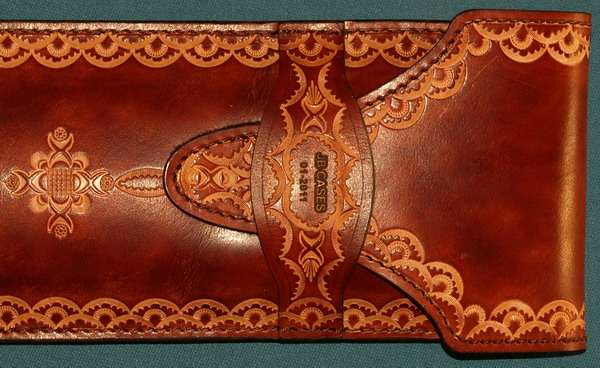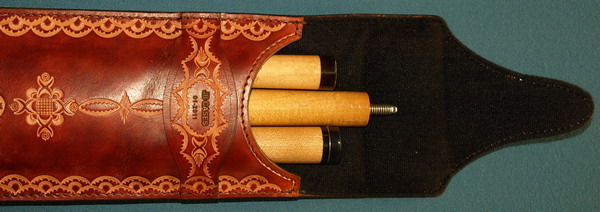Well I saw a little discussion in another thread so I figured I'd add my opinion to it.
As many of you know my own personal history in cases comes from starting Instroke cases in 1991. The reason I started building cases is because my cue fell out of a case as it was knocked off a table and I wanted to improve the interior so that it would hold the cue inside until I deliberately took it out.
That case was a J.EF Q Case. I took the tubes out and relined them with some padding to keep the cues in place. That worked except I still had the problem that the whole interior wanted to come out. So I fixed that and then I thought well I guess I can make a case because this one isn't really my taste anyway. And so I borrowed a sewing machine and the rest is history.
But along the way I became sort of obsessed with making the perfect padded tube. I tried dozens of combinations and the early ones were a real pain in the ass to make and get right.
Tubes as holders for cues are in fact great protection. A circle can be one of the strongest shapes and if the tube is sufficiently thick then it can be nearly unbreakable when bundled.
So my thought was to work on the padding to reduce movement inside the tube and to bundle them well to make one solid unit. With two walls separating each part and padding as well the cue parts were held very nicely, snugly and safely.
The thing with unpadded tubes is that because the cue is tapered it can oscillate with a high frequency when the case is violently jarred or impacted. Hold a pencil in your fingers lightly and tap those fingers on the table and watch what happens to the end not held. It will bounce against the table several times even with the lightest tap. Now imagine that this is your cue inside the tube each time you hit a severe bump in the road.
I found that I could break cues above the wrap fairly easily by slamming the case to the ground from shoulder height. This is of course extreme but it illustrates that it's possible to break a cue even when it's inside the case. Is is possible to cause hairline fractures with even less force?
I think so.
In any event I feel that when you add padding you lessen the chances of that happening greatly. In fact in our Instroke cases I found it to be impossible to break a cue above the wrap with just a small amount of padding added to the interior of the tubes.
Now the question is whether padded tubes are as good as padded fabric divided interiors?
In my opinion yes for jarring and impact. For acute and severe impact possibly not since a bundled array of tubes, like rope, forms a very strong unit. Single large tubes have the problem of having only one wall to protect the contents so that tube needs to be made of something very very strong. And typically strength means more weight when talking about polymers that are affordable to case makers.
But accute and sever impact is very rare so for all practical purposes the single tube with properly padded dividers IS as good as multiple padded tube units.
As you can see we make both.
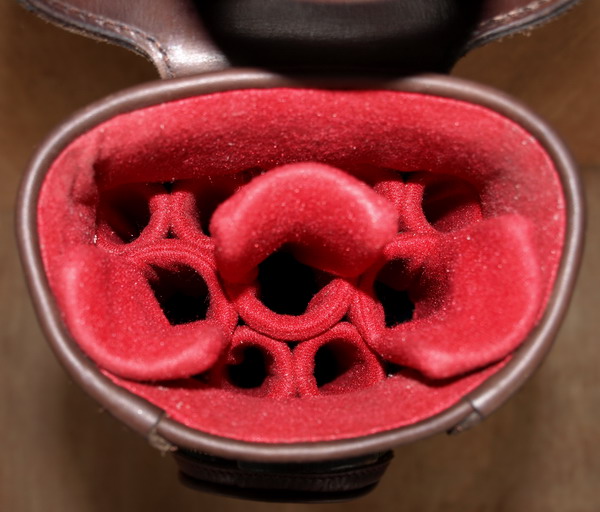
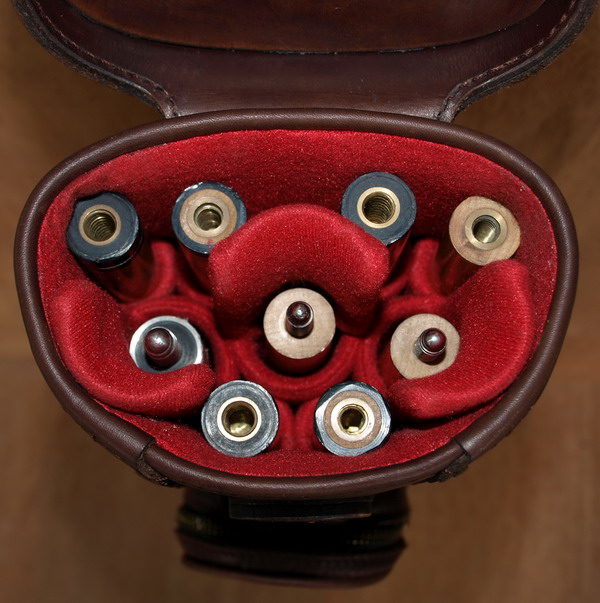
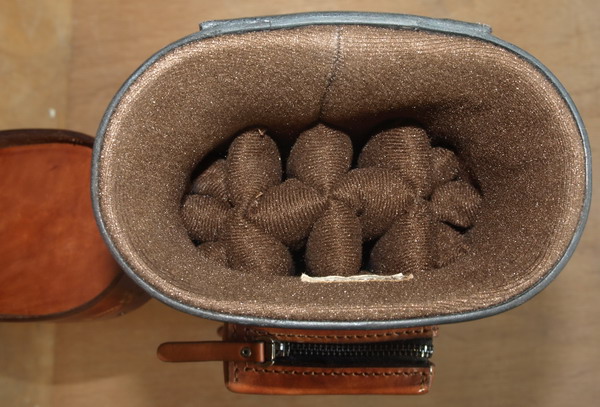
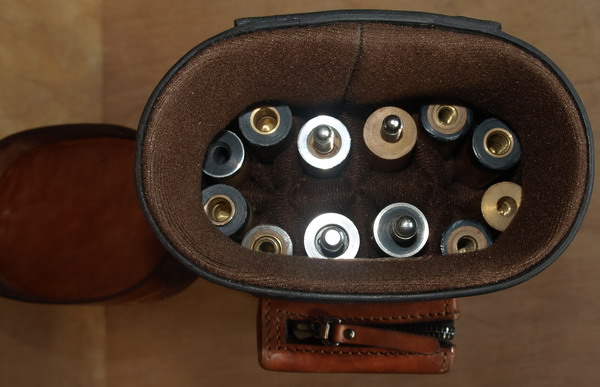
Regarding the trend in rubber and sticky grips. That has traditionally been a problem with padded interiors because of the inherent protective snug fit of the padding. We have solved it mostly by increasing the width of our cavities but it's not ideal for all cues because the stickiness and thickness varies. So what we offer is a sleeve that can be used if someone has a cue that hangs up.
I feel that this solution is much better than using a less protective interior.
So that's my take on the interiors. We never stop improving them though. As well we customize to any need as we recently did for a customer in France who wanted one interior type for his pool cues and another for his carom cues with rubber grips. We sent him one case with two interiors and he reported back that both worked perfectly.
As many of you know my own personal history in cases comes from starting Instroke cases in 1991. The reason I started building cases is because my cue fell out of a case as it was knocked off a table and I wanted to improve the interior so that it would hold the cue inside until I deliberately took it out.
That case was a J.EF Q Case. I took the tubes out and relined them with some padding to keep the cues in place. That worked except I still had the problem that the whole interior wanted to come out. So I fixed that and then I thought well I guess I can make a case because this one isn't really my taste anyway. And so I borrowed a sewing machine and the rest is history.
But along the way I became sort of obsessed with making the perfect padded tube. I tried dozens of combinations and the early ones were a real pain in the ass to make and get right.
Tubes as holders for cues are in fact great protection. A circle can be one of the strongest shapes and if the tube is sufficiently thick then it can be nearly unbreakable when bundled.
So my thought was to work on the padding to reduce movement inside the tube and to bundle them well to make one solid unit. With two walls separating each part and padding as well the cue parts were held very nicely, snugly and safely.
The thing with unpadded tubes is that because the cue is tapered it can oscillate with a high frequency when the case is violently jarred or impacted. Hold a pencil in your fingers lightly and tap those fingers on the table and watch what happens to the end not held. It will bounce against the table several times even with the lightest tap. Now imagine that this is your cue inside the tube each time you hit a severe bump in the road.
I found that I could break cues above the wrap fairly easily by slamming the case to the ground from shoulder height. This is of course extreme but it illustrates that it's possible to break a cue even when it's inside the case. Is is possible to cause hairline fractures with even less force?
I think so.
In any event I feel that when you add padding you lessen the chances of that happening greatly. In fact in our Instroke cases I found it to be impossible to break a cue above the wrap with just a small amount of padding added to the interior of the tubes.
Now the question is whether padded tubes are as good as padded fabric divided interiors?
In my opinion yes for jarring and impact. For acute and severe impact possibly not since a bundled array of tubes, like rope, forms a very strong unit. Single large tubes have the problem of having only one wall to protect the contents so that tube needs to be made of something very very strong. And typically strength means more weight when talking about polymers that are affordable to case makers.
But accute and sever impact is very rare so for all practical purposes the single tube with properly padded dividers IS as good as multiple padded tube units.
As you can see we make both.




Regarding the trend in rubber and sticky grips. That has traditionally been a problem with padded interiors because of the inherent protective snug fit of the padding. We have solved it mostly by increasing the width of our cavities but it's not ideal for all cues because the stickiness and thickness varies. So what we offer is a sleeve that can be used if someone has a cue that hangs up.
I feel that this solution is much better than using a less protective interior.
So that's my take on the interiors. We never stop improving them though. As well we customize to any need as we recently did for a customer in France who wanted one interior type for his pool cues and another for his carom cues with rubber grips. We sent him one case with two interiors and he reported back that both worked perfectly.


